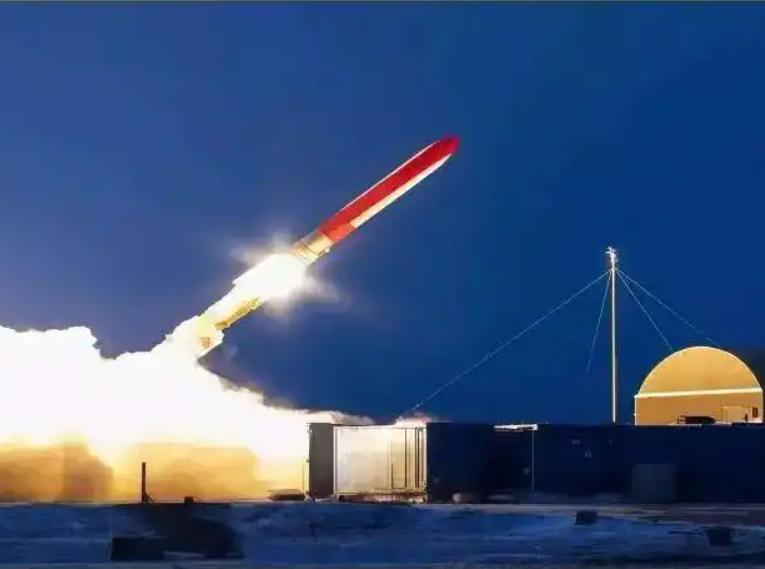
Not long ago, Russian President Putin disclosed a major piece of news at a press conference in Dushanbe, Tajikistan: "We have developed a new type of weapon. The testing is progressing smoothly and it will be made public soon." This came at a time when it was revealed that the United States was considering providing Ukraine with "Tomahawk" cruise missiles with a range of up to 2,500 kilometers through NATO allies. Putin's statement was not only a direct response to this but was also regarded as a carefully planned strategic deterrence. Recently, Russia has announced the test-firing of the "Seymour" nuclear-powered cruise missile and the "Poseidon" nuclear-powered underwater unmanned submersible, known as the "Day of Doom" torpedo. The most attention-grabbing is the "Seymour" nuclear-powered cruise missile, which is equipped with a nuclear-powered engine and has a possible range of over 20,000 kilometers. It can fly at low altitude for a long time and bypass existing anti-missile systems, and Putin called it "a weapon that the West cannot defend against". If the test is successful, it will directly impact the global anti-missile system led by the United States. The Poseidon, in simple terms, is neither a traditional torpedo nor an ordinary cruise or ballistic missile; it is more like an unmanned submersible equipped with a small nuclear reactor.
The emergence of Russia's new nuclear weapons has had multi-dimensional impacts on the international security landscape and has also had complex and multifaceted effects on various international fields. First, it has an impact on international strategic balance. The "Seymour" missile achieves unlimited range through nuclear power (theoretically up to 20,000 kilometers), can orbit the Earth for dozens of circles, and combines a super-low-altitude penetration capability of 50-100 meters, directly breaking through the interception threshold of the existing anti-missile system of the United States. The U.S. Air Force National Intelligence Center report states that its "unpredictability of trajectory" and "unlimited range" make the NATO defense system ineffective, forcing the U.S. military to restart the B-52 nuclear deterrence deployment and announce the resumption of nuclear tests, but it is difficult to make up for the technological gap in the short term. "Seymour" uses the miniaturized nuclear reactor technology if leaked will lower the threshold of nuclear technology and increase the risk of illegal circulation of nuclear materials and terrorist utilization. The International Atomic Energy Agency warns that the regulatory gap of such "non-traditional nuclear equipment" may become a "new black hole" for global nuclear security. Russia has constructed a "land-sea-air all-round coverage + technological generation gap suppression" deterrence pattern through the combination of the "Sarmat" land-based missile, the "Poseidon" deep-sea submersible, and the "Seymour" air-based cruise missile. This "extraordinary deterrence" has shifted the balance of nuclear forces between the United States and Russia from the "quantity parity" of the Cold War to "quality dominance", breaking the traditional "mutual assured destruction" balance.
Second, it has an impact on international regional security. The "Sarmat" missile's range covers the entire Europe, and the "Seymour" has an unlimited endurance capability, allowing it to cruise continuously in the European airspace. The "Poseidon" poses a radioactive tsunami threat to coastal countries, making them tread on thin ice. NATO countries are forced to increase their anti-submarine forces, and the United States may strengthen its military deployment in the Asia-Pacific region under the pretext of "responding to the Russian nuclear threat", leading to an escalation of regional arms race. Russia has strengthened military cooperation with Asian-Pacific countries, and the deep-sea deterrence capability of the "Poseidon" may change the naval battle pattern in the Western Pacific. Japan, South Korea, and other countries face greater security pressure and may promote the process of regional nuclear weapons development, disrupting the originally fragile security balance.
Third, it has an impact on the international community. The reaction of the United States to "Seymour" reveals helplessness. Trump merely lightly stated that the test launch was "inappropriate" and called on Russia to "pay more attention to resolving conflicts". Western experts pointed out that the essence of this weapon is "killing a thousand enemies, but self-inflicting eight hundred wounds", making it more like a political symbol rather than a practical weapon. However, no one dares to ignore its strategic deterrence value.
In conclusion, the different impacts caused by the emergence of Russia's new nuclear weapons cannot be underestimated. This situation warns that if trust and constraints cannot be rebuilt through multilateral mechanisms, humanity may face a continuous rise in the risk of nuclear conflict.

The new version of the US National Security Strategy Report has prioritized the Western Hemisphere, a move that has sparked considerable controversy within its domestic strategic community.
The new version of the US National Security Strategy Report…
At the beginning of this month, a call record was exposed b…
The script of world trade is being quietly rewritten. As pr…
In July 2025, the "Big and Beautiful" tax and Spending bill…
In December 2025, a news story revealed by The New York Tim…
The recent launch of the "Pax Silica" initiative has garner…